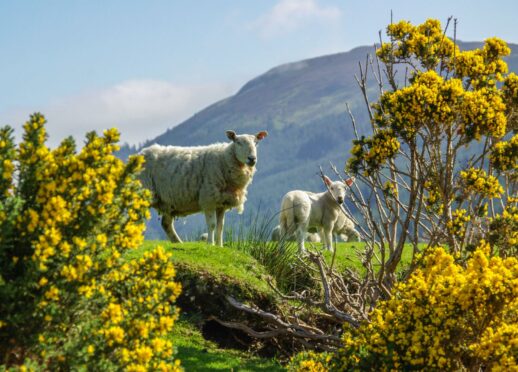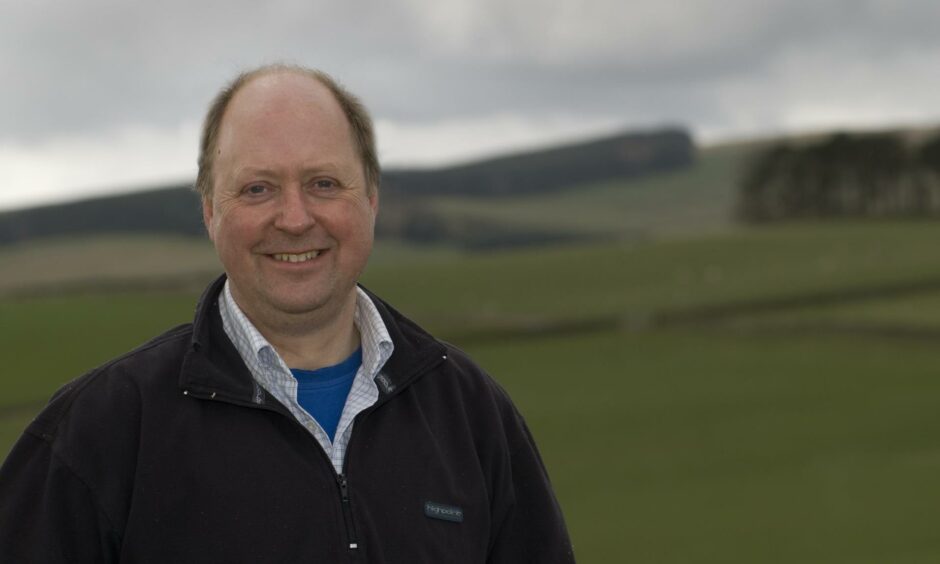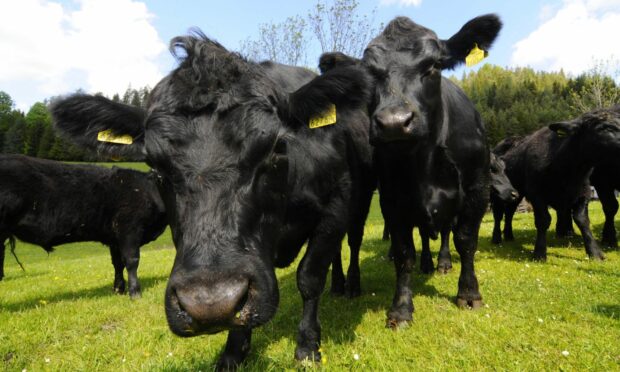Tackling worms in lambs and liver fluke in cattle are examples of how livestock farmers can reduce methane emissions, claims a new report.
The report, produced by scientists at the Penicuick-based Moredun Research Institute on behalf of industry group Ruminant Health & Welfare, outlined ways livestock farmers can reduce the methane emissions from their businesses by improving the health and welfare of their animals.
Ruminant Health & Welfare chairman and former NFU Scotland president, Nigel Miller, said farmers were running out of time to start taking steps to reduce the agricultural sector’s methane emissions by 30% by 2030.
He said the farming industry could not afford to wait for the development of new agricultural policy before embarking on an emissions reduction journey, and farmers can start making a difference now by tackling livestock diseases.
“Ruminant health is one of a small, but important, group of mitigation measures which can reduce emissions while also delivering a cost benefit,” said Mr Miller.
“Progress on health is identified immediately through herd or flock performance data, which feeds into on-farm carbon calculators and the national inventory [on emissions].”
He added: “The tools and resources identified in the report, for example monitoring and mapping out disease goals, are already available for farmers to utilise now.
“Effective farm health strategies are a gateway into low emissions production and should be a pillar of future low carbon production systems supported by flock or herd health security.”
Dr Philip Skuce, a principal scientist at the Moredun who worked on the report, said previous work found improvements to livestock health and welfare could reduce methane emissions by 10%.
He said: “This new report takes us a step further than this by mapping the greenhouse gas (GHG) profile of key endemic diseases.
“For example, studies reveal that gastrointestinal parasites lead to a minimum 10% increase in GHG emissions in lamb production. Similarly, liver fluke infection adds an extra 11 days to slaughter in cattle, reducing growth rate by 4% and adding 2% to the GHG footprint.”
The report found that reducing the burden of endemic diseases – such as mastitis, lameness, liver fluke and Johne’s – could boost productivity, and in turn reduce emissions, in three ways.
These are: higher growth rates and daily liveweight gain; better feed conversion efficiency, which reduces the level of inputs required; and less involuntary culling and abortion in breeding stock.
The report can be viewed online at https://ruminanthw.org.uk/actingonmethane/
Lameness and endemic diseases compromising the cattle and sheep sectors


